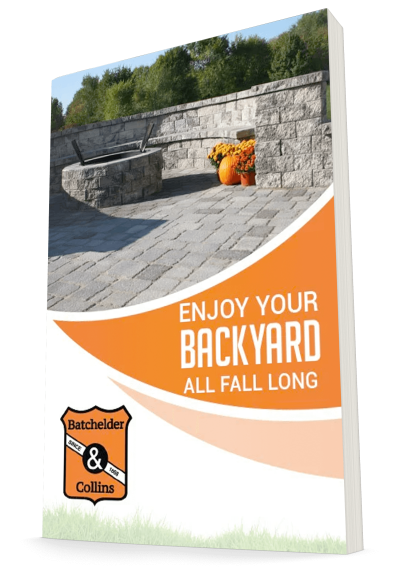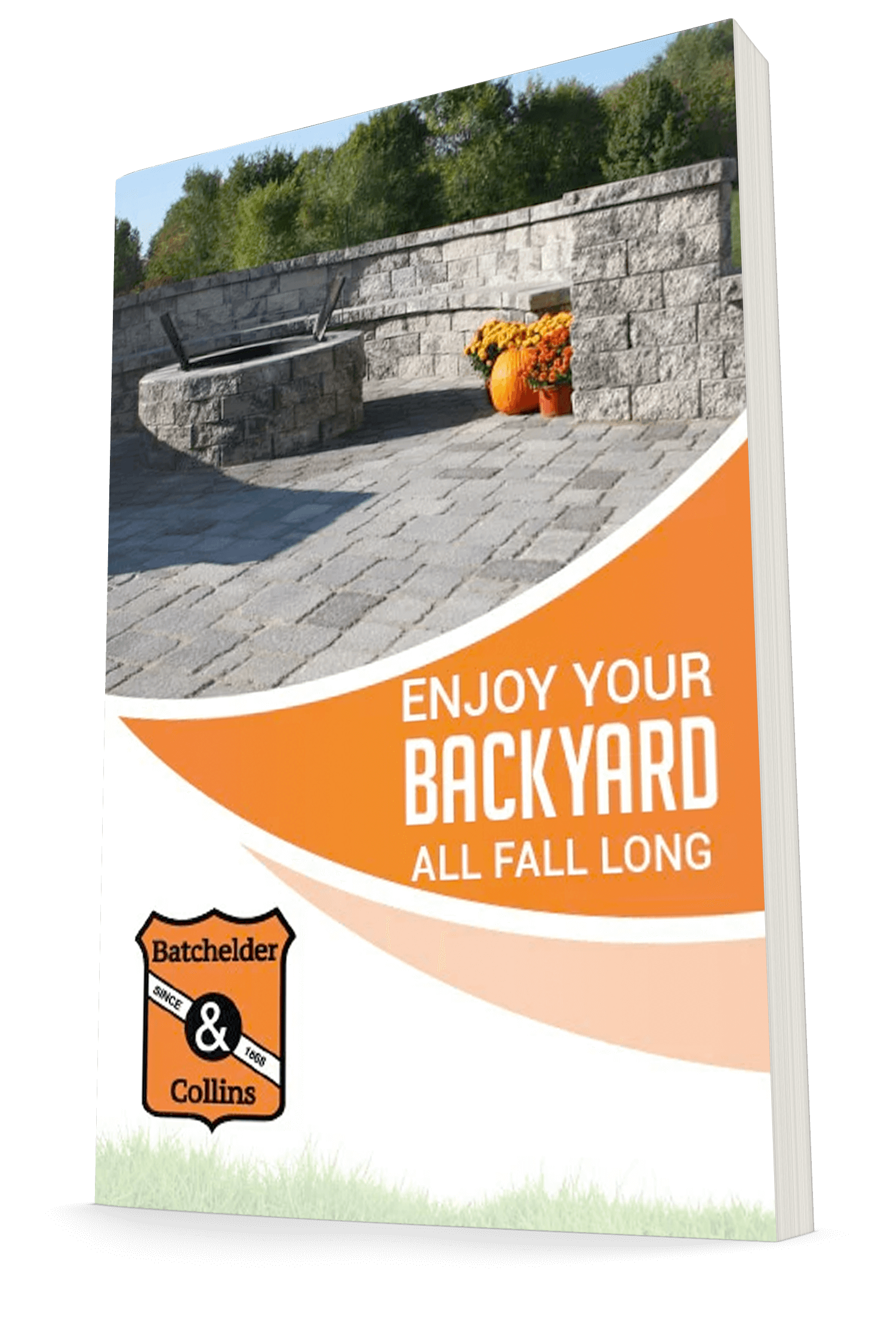Comparison: Concrete Patios vs. Brick Patios

And luckily for you homeowners, it’s a pretty simple project with several options for you to choose from, the most popular choices being concrete or brick patios.
Concrete patios have become the standard across the country as they are durable, they don’t require much maintenance, and they look good at most any size. Brick patios, however, offer more design options and give the home a more traditional look. Both offer their own distinct pros and cons that you should consider when deciding between the two patio materials.
Durability
Both brick and concrete patios are extremely durable and can stand up to all kinds of weather conditions. Despite both material’s durability, both brick and concrete can chip, crack, and fade over a long period of time. Weeds have a tendency to grow between concrete pavers and bricks but any weed killer you find at a hardware store can get rid of this problem.
Concrete does come in at a disadvantage when it comes to repairs because if you choose a colored or stamped concrete paver, it can be very hard to find an exact match if you don’t purchase extra before installation. When it comes to both brick or concrete paver patios, it never hurts to buy extra material for any home installation or improvement project.
Maintenance
You would think that as long as concrete and brick patios last that they would require a lot of upkeep but other than the occasional weeding and cleaning, they need little maintenance to last a long lifespan. Here’s how to take care of each:
Concrete Patios
If you want to ensure that your concrete patio lasts as long as possible, we highly recommend that you add one coat of sealer every few years particularly if you live in a region that receives heavy rain and snowfall.
You also want to make sure to fix any cracks or chips as soon as possible because the longer you wait, the longer the crack will extend and damage other areas of the patio.
Brick Patios
Over time, brick patios can become uneven, dirty, and can start to form weeds just like concrete pavers. You may also find that bricks become uneven which means that you may need to fix any drainage problems, pull up the brick in the uneven area, and check the sand/base of the patio.
You should clean a brick patio on a consistent basis and seal them every two to three years.
Variety
Concrete Patios
When it comes to concrete patios, you have a couple different options: stamped and colored concrete:
- Colored concrete gives you an extraordinary number of color options but expect that it’ll add 10-30% to the cost and generally requires a professional.
- Stamped concrete involves decorating the concrete once it’s been laid. While it’s still wet, a stamp is placed into the concrete and when it dries, the design is imprinted into the concrete.
Brick Patios
Brick also comes with plenty of options far beyond the standard red color and with the opportunity to try so many different designs and layouts. From burgundy to black bricks and from a basketweave to a complex herringbone pattern, brick gives you plenty of design options to choose from and make your space truly unique.
As you can see, both brick and concrete patios offer very similar options and it comes down to the aesthetic you want to go for. If you’re still not sure which to choose, no worries! Our experienced team has so much knowledge on both, we could answer most any question you throw our way. So stop by one of our locations today to explore all your options.
Enjoy Your Backyard All Fall Long

Now is the perfect time to take advantage of autumn’s mild days to prepare your backyard for the cold months ahead. But who’s to say you can’t still enjoy your backyard, spending time with your family, and cooking outdoors all fall long.
"*" indicates required fields





